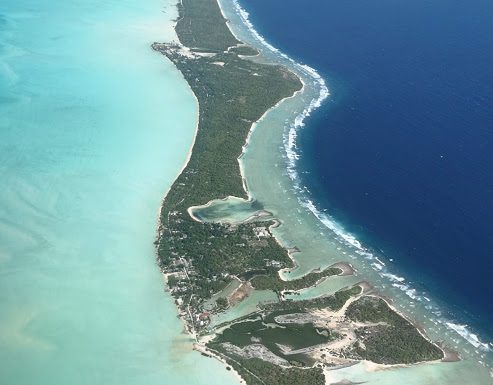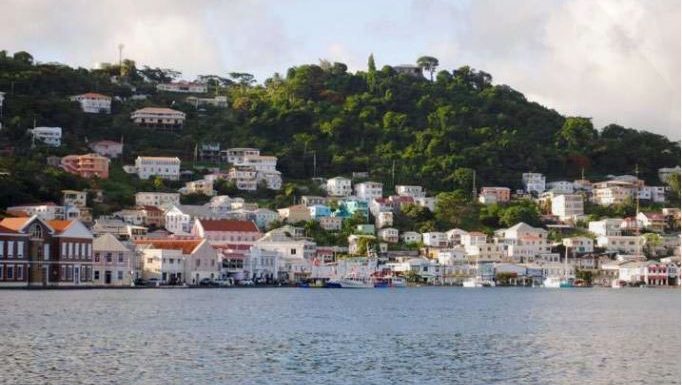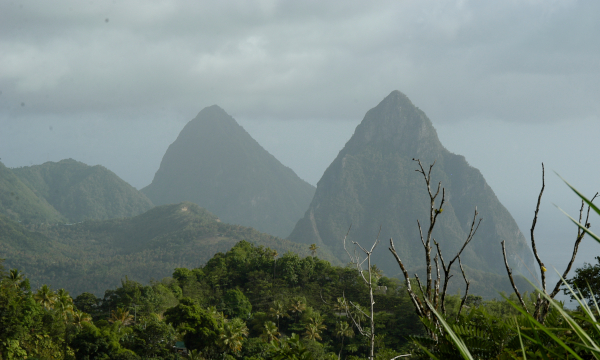On March 31st, 2021, Timor-Leste shared its National Adaptation Plan (NAP) to the UNFCCC, making the total number of NAPs from developing countries in NAP Central to 22. Timor-Leste is an island country in Southeast Asia. Timor-Leste is particularly vulnerable to floods, droughts, landslides, and sea level rise. The increasing frequency and intensity of these extreme climate events is negatively affecting the strategic sectors of the country, namely: infrastructure; biodiversity and ecosystems; health; agriculture; water; and tourism. Given the high…
Continue ReadingKuwait NAP
The Kuwait National Adaptation Plan (NAP) was submitted to the UNFCCC on February 11th, 2021, bringing the total number of NAPs in NAP Central to 21. Kuwait is a dry tropical and sub-tropical desert country in the northeastern part of the Arabia Peninsula facing the Arabian Gulf. Kuwait is particularly vulnerable to extreme climate events, such as droughts, rapid floods, dust storms, heatwaves, and sea level rise, and it has been recognized as one of the world’s most water-stressed countries….
Continue ReadingSuriname NAP
On June 2, 2020, the Republic of Suriname shared its National Adaptation Plan (NAP) to UNFCCC making the total number of NAPs from developing countries in NAP Central to 20. Suriname is a tropical country in South America. It is particularly vulnerable to the impacts of climate change due to its geographical location. The country’s small population, major economic activities, and infrastructure are concentrated along the low-lying coastal zone. It has already experienced extensive coastal erosion and has suffered damages…
Continue ReadingKiribati NAP
Kiribati is an island nation in the Pacific. As a result of its inherent characteristics as an atoll nation, a least developed country, and with its fragile economy and environment, Kiribati is extremely vulnerable to climate change and has little capacity to cope with disasters. As a way to consolidate efforts, the Government of the Republic of Kiribati, following consultation with regional organisations initiated the process of developing a joint national action plan on climate change and disaster risk management…
Continue ReadingParaguay NAP
Paraguay shared its National Adaptation Plan on NAP Central bringing the total number of NAPs to date to 19. As a landlocked maritime country, Paraguay designed its National Adaptation Plan in accordance with the National Development Plan (NDP 2030), the National Climate Change Policy (PNCC), the National ClimateChangePlan, the National Risk Management and Reduction Policy (PNGRR) and the 2015-2018 Institutional Strategic Plan of the First National Communication. The NAP aligns with the three pillars of the first National Development Plan:…
Continue ReadingGuatemala NAP
Geographically, Guatemala is located in the Central American isthmus between the Pacific and Atlantic ocean, the usual route of the hurricanes and tropical storms of the Caribbean thus making it a direct target of extreme events, both from exacerbated El Nino and La Nina phenomenon which either cause extreme flooding or droughts and extreme temperature variations. Given the condition of high vulnerability of the country, climate change represents an additional and disproportionate burden. In order to move towards sustainable development,…
Continue ReadingSaint Vincent and the Grenadines
Saint Vincent and the Grenadines (SVG) shared its National Adaptation Plan (NAP) to NAP Central on the 14th of November 2019, making it the 16th country to communicate its NAP to UNFCCC. As an island state and as a country already facing the brunt of climate changes, the country puts high premium on climate change adaptation. The process to formulate and implement NAPs presents itself as a golden opportunity to catalyse the mainstreaming of CCA into planning and budgeting and…
Continue ReadingGrenada NAP
Grenada is the the 15th country to share its National Adaptation Plans in NAP Central. As climate change adaptation is a priority for the Government of Grenada, their National Adaptation Plan (NAP) 2017-2021 will provide a strategic, coordinating framework for building climate resilience in Grenada. It will guide the various stakeholders in understanding the country’s risks and vulnerabilities from climate change as well as the appropriate actions in addressing those risks. It is also intended to help development partners identify resilience building…
Continue ReadingEthiopia NAP
The Government of Ethiopia shared their National Adaptation Plan to NAP Central on March 1, 2019. Ethiopia NAP builds on ongoing efforts on climate change adaptation on the policy and sectoral strategies of the country. The plan focuses on the sectors that have been identified as most vulnerable, namely: agriculture, forestry, health, transport, power, industry, water and urban. Download the full Ethiopia NAP in NAP Central.
Continue ReadingSt Lucia NAP
The St. Lucia National Adaptation Plan (NAP), submitted to UNFCCC on the 21st of September, includes 5 sectoral plans and strategies for communication and monitoring and evaluation. Saint Lucia NAP has been defined as a ten (10)‐year process (2018‐2028), consisting of priority cross‐sectoral and sectoral adaptation measures for eight key sectors/areas and a segment on the ‘limits to adaptation’, complemented, incrementally, with Sectoral Adaptation Strategies & Action Plans (SASAPs). Priority sectors for adaptation action include: Tourism; Water; Agriculture; Fisheries; Infrastructure…
Continue Reading










